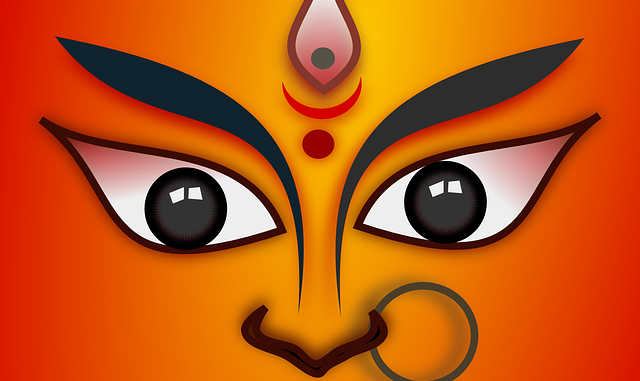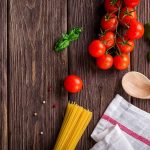
The great festival of Navratri is one of the joys of the Autumn season and is widely celebrated in the UK too. It is a religious festival spanning nine days. The level of observation varies in different parts of India and indeed the rest of the world. Food is a major feature of the festival and here we look at a few examples of what might eaten during the period.
Gujarati style Sabudana Khichdi
Sabudana or Sabudana khichadi is a very distinctive Indian dish prepared with tapioca pearls. It is commonly prepared in Western India and in regions such as Uttar Pradesh, Maharashtra and Gujarat (of course). Most often viewed as street food it is now widely eaten throughout the year. However, Navratri is a popular time for this dish to be eaten.
The dish is virtually a celebration of carbohydrate with hardly any protein or indeed vitamins. Adding peanuts helps to balance the nutrition but is a great energy source and should be known for its value as a high energy food.
Soak sabudana (tapioca pearls) for three minutes. Drain away the water but leave some and keep aside for two hours. Heat ghee in a kadhai, and add green chillies, curry leaves, and cumin seeds, and saute. Once the seeds crackle, add the soaked sabudana along with groundnuts, fried potatoes, lemon juice, salt, and sugar and mix well. Garnish with fruits and coriander and serve hot.
Sev Khamani
What a delightful dish because it makes full use of that fine staple, the chickpea or chana. The general recipe is:-
Soak some chana dal for five to six hours. Drain the water away. Cook it for three minutes to 5 minutes in a pan on a cooker of medium heat. There is no need to boil.
Heat vegetable oil in a pan on low flame. Add mustard seeds, ginger paste, green chilli paste, sugar, salt, and lemon juice, and stir and cook till the oil is separated. Once ready, garnish with sev and pomegranate arils.


Leave a Reply